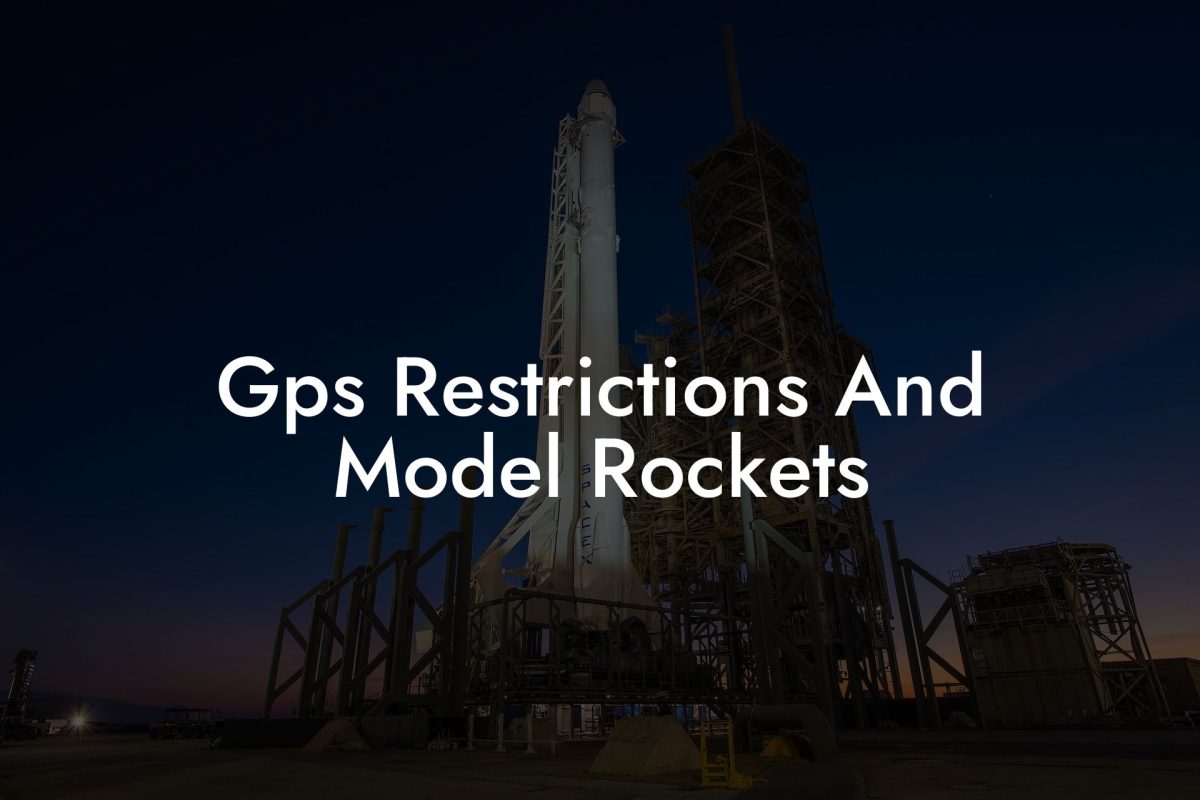Model rocket enthusiasts, both beginners and seasoned experts, understand the importance of using the right adhesive when building and maintaining their precious crafts. The right glue can make all the difference in ensuring your model rocket remains intact from launch to recovery. In this comprehensive guide, we will dive deep into the best glue options for various model rocket components and help you find the perfect match for your rocket-building needs.
What Glue For Model Rockets Table of Contents
The Importance of Choosing the Right Glue
Finding the right glue is a crucial aspect of building a successful model rocket. Not only does it keep the rocket's structural components intact, but it also prevents potential failure upon launch or during flight. When shopping for model rocket adhesives, consider the following key factors:
Strength
Choose a glue capable of withstanding the stress and force exerted on your rocket during launch and flight.
Drying Time
Select a glue that dries quickly to reduce assembly time, yet ensures a strong and lasting bond.
Flexibility
Ensure the adhesive you choose can maintain its bond while coping with the natural expansion and contraction of the rocket's materials throughout its lifecycle.
Types of Glue for Model Rockets
Let's explore some common types of glue used in model rocketry and their applications:
1. Wood Glue (PVA)
- Good for wood-to-wood and paper-to-wood connections.
- Has a longer drying time, allowing adjustments during assembly.
- Creates a relatively strong and sturdy bond.
- Not ideal for nonporous materials.
2. Cyanoacrylate (CA glue/Super Glue)
- Excellent for quick bonding of cardboard tubes, balsa wood fins, and plastic components.
- Dries quickly, often within seconds.
- Create strong bonds, but can be brittle.
- Consider purchasing an accelerator for near-instant bonding.
3. Epoxy
- Perfect for high-stress applications, such as engine mounts, centering rings, and shock cord attachments.
- Two-part composition, requiring proper mixing before use.
- Available in various set times, allowing for adjustments during assembly.
- Creates extremely strong bonds ideal for larger model rockets.
4. Plastic Model Cement
- Great for bonding plastic-to-plastic connections.
- Works by melting and fusing the two plastic surfaces together.
- Creates a strong bond for plastic components, but not suitable for other materials.
What Glue For Model Rockets Example:
Let's say you are building a model rocket with a cardboard body tube, balsa wood fins, and a plastic nose cone. To adhere the fins to the body tube, you can use either wood glue, which will give you a resilient bond with enough working time for adjustments, or CA glue, which will quickly create a strong connection. For the nose cone, use plastic model cement to ensure a strong bond between the two plastic parts. If your rocket includes engine mounts or centering rings that require added strength, use epoxy to create a robust connection capable of handling the increased stress during flight.
Now that you have a better understanding of the various glue options for model rockets and their applications, you will be better equipped to make informed decisions for your next rocket-building project. For more information and valuable resources on model rocketry, we invite you to explore other guides on Austin Rockets. If you found this article helpful, please feel free to share it with your fellow rocket enthusiasts and let your passion for model rocketry soar!













